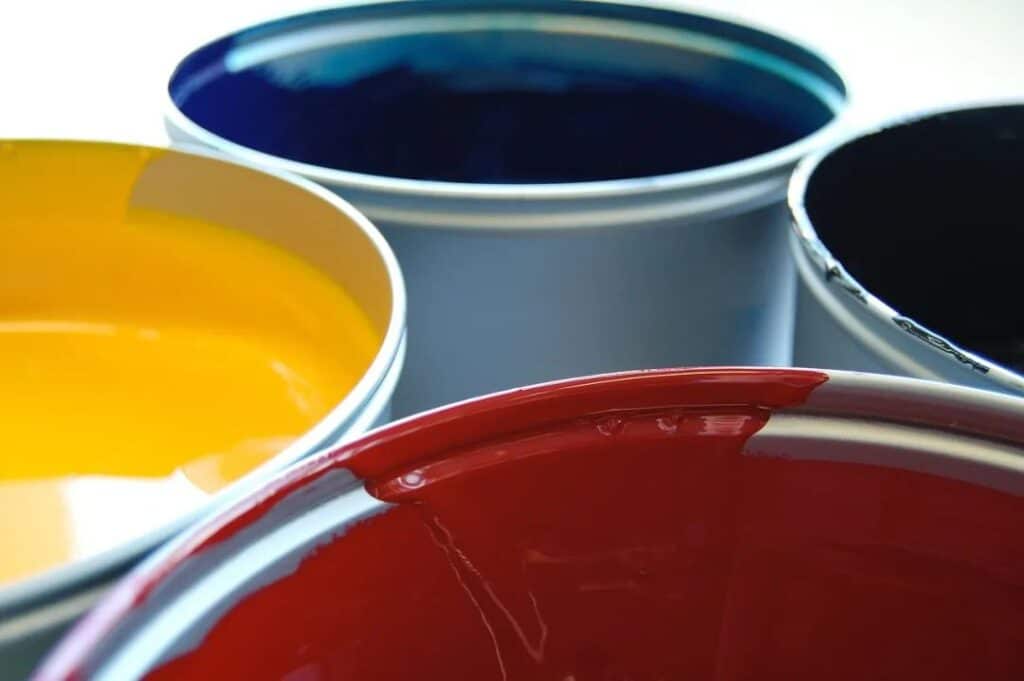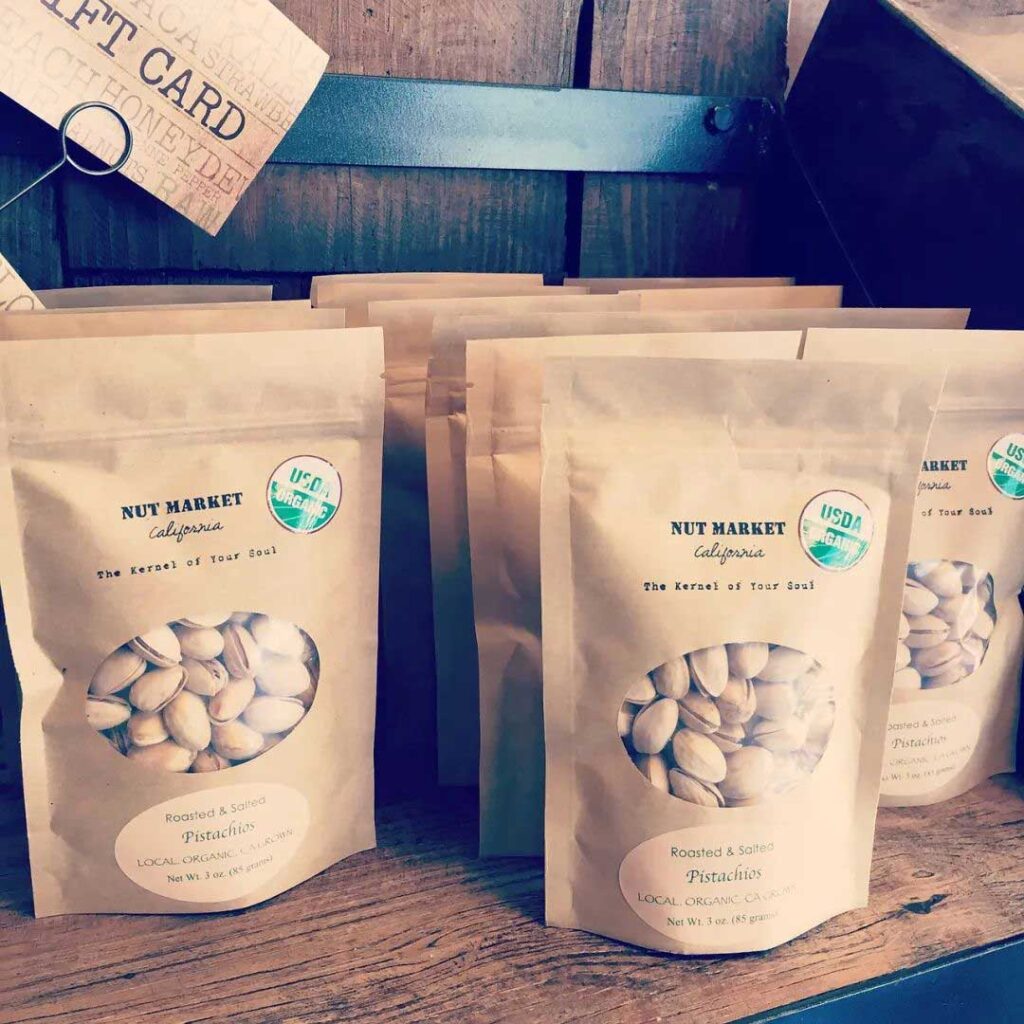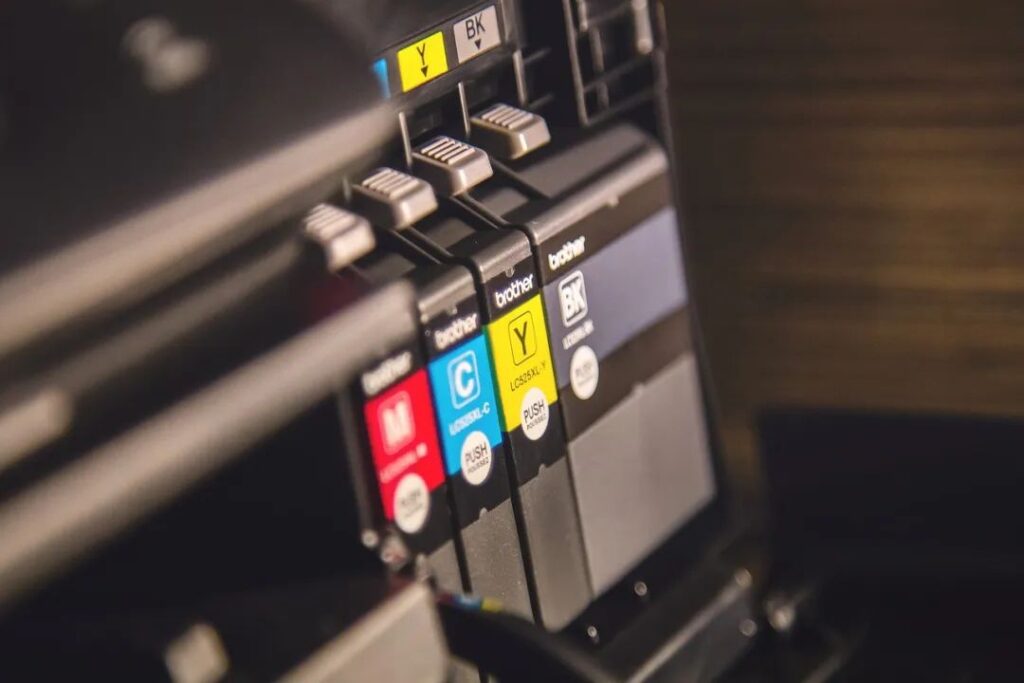2 Kinds Of Popular Printing Processes For Food Flexible Packaging Bags
Food flexible packaging is already a steadily developing industry. Packaging bags are becoming more and more personalized. Many brands highlight their brand image through personalized printed packaging bags, thereby increasing product sales. When customizing personalized packaging bags, as a wholesaler or brand owner, you need to be clear about two common printing processes, which will help you make the right decision when purchasing packaging bags.
Gravure printing
Gravure printing originated in Germany in the late 19th century. The pattern or text is engraved on the plate and then transferred to the printed material using the pressure and ink of the printing press. This technology is often used to print high-quality images and textures.
Gravure printing can achieve high-precision image and texture effects because the surface of the printed material is concave and the pattern or text can be transmitted very clearly.

Therefore, gravure printing is very suitable for a variety of materials, including paper, plastic, metal, etc., and is widely used in packaging, decoration and artwork production.
In addition, gravure printing has the characteristics of fast printing speed, bright colors and strong three-dimensional patterns.
In the field of plastic packaging bags, gravure printing can not only achieve fine printing effects, but also show rich textures and layers, and is not easy to wear or fade, which greatly increases the attractiveness, texture, visual effects and durability of the packaging bags.

Digital printing
Digital printing technology originated in the late 20th century and emerged with the rapid development of computer and digital technology. Unlike traditional printing technology, it does not require plate making and directly converts digital information into printed images.
The working principle of digital printing is to convert images or texts into digital signals through a computer, and then, under the action of the inkjet head or electronic sensor of the printing press, spray the pigment or ink onto paper or other materials to form a printed image.
Digital printing can achieve personalized customization, high flexibility, and can quickly produce small batches of printed materials, avoiding the large-scale plate-making process of traditional printing. However, the printing cost is high and the price is expensive.

